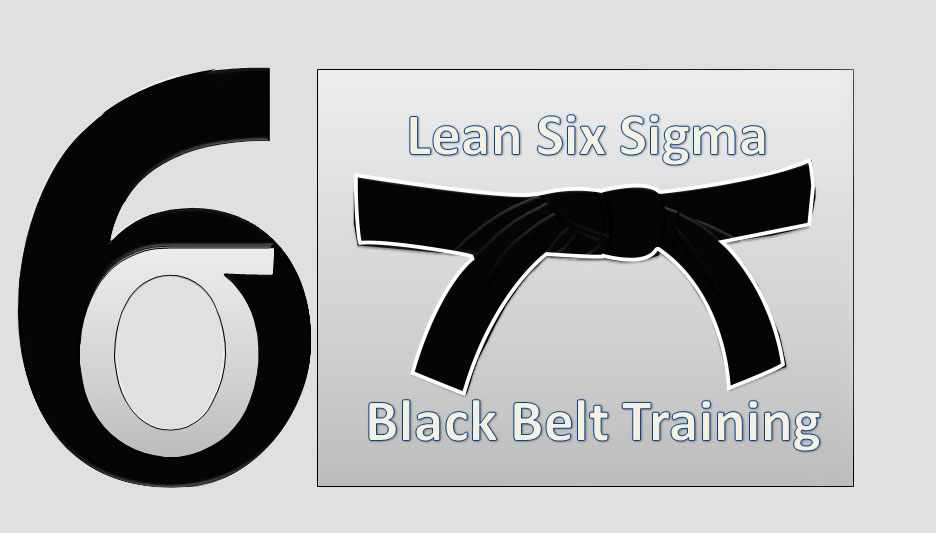

Control the new process to avoid falling into old habits and to ensure it stays on track.It’s important to consider performance, cost, implementation demands, and risks or disruptions that may arise. During the improve phase, the focus is on testing the best potential solutions identified in the earlier phases. Improve the process by eliminating root causes of defects through innovative solutions.During the analyze phase, it’s important to use data to identify parameters and inputs that have the most significant impact on the final process. Analyze the process to establish root cause of variations and defects to identify issues with the current strategy that stand in the way of the end goal.At this stage, it’s important to establish performance baselines, future goals, and how performance will be measured.
 Measure performance of the current process by establishing a data collection plan to determine defects and gather metrics. During this phase, projects are selected, research is conducted to determine various opportunities and possibilities, and the scope of the project is established. Define the problem, the customer, the project requirements, and the ultimate goals and expectations of the customer. The idea is that by solving these issues, companies can solve problems faster, improve efficiency, and boost productivity. Lean adds a stronger focus to defects, overproduction, waiting, nonutilized talent, transportation, inventory, motion, and extra-processing. This lean methodology helps organizations stay more agile and flexible while also focusing on establishing long-term processes. Incorporating Lean into Six Sigma brings a heightened focus on reducing waste, defects, and variance, while also staying ahead of schedule and under budget. You’ll also find similar principles in Lean Six Sigma, which combines the principles of Six Sigma with the Lean methodology. It’s designed to fit a variety of business goals, allowing organizations to define objectives around specific industry needs. The process aims to bring data and statistics into the mesh to help objectively identify errors and defects that will impact quality. Nominal is Best looks at the middle ground - a customer service rep needs to spend enough time on the phone to troubleshoot a problem, but not so long that they lose productivity. Larger is Better involves a “lower specification limit,” such as test scores - where the target is 100%. Smaller is Better creates an “upper specification limit,” such as having a target of zero for defects or rejected parts. After that, Fortune 500 companies followed suit and Six Sigma has been popular with large organizations ever since. In 1998, Jack Welch, CEO of GE, helped thrust Six Sigma into the limelight by donating upwards of $1 million as a thank you to the company, recognizing how Six Sigma positively impacted GE’s operations and promoting the process for large organizations. Six Sigma is specifically designed to help large organizations with quality management.
Measure performance of the current process by establishing a data collection plan to determine defects and gather metrics. During this phase, projects are selected, research is conducted to determine various opportunities and possibilities, and the scope of the project is established. Define the problem, the customer, the project requirements, and the ultimate goals and expectations of the customer. The idea is that by solving these issues, companies can solve problems faster, improve efficiency, and boost productivity. Lean adds a stronger focus to defects, overproduction, waiting, nonutilized talent, transportation, inventory, motion, and extra-processing. This lean methodology helps organizations stay more agile and flexible while also focusing on establishing long-term processes. Incorporating Lean into Six Sigma brings a heightened focus on reducing waste, defects, and variance, while also staying ahead of schedule and under budget. You’ll also find similar principles in Lean Six Sigma, which combines the principles of Six Sigma with the Lean methodology. It’s designed to fit a variety of business goals, allowing organizations to define objectives around specific industry needs. The process aims to bring data and statistics into the mesh to help objectively identify errors and defects that will impact quality. Nominal is Best looks at the middle ground - a customer service rep needs to spend enough time on the phone to troubleshoot a problem, but not so long that they lose productivity. Larger is Better involves a “lower specification limit,” such as test scores - where the target is 100%. Smaller is Better creates an “upper specification limit,” such as having a target of zero for defects or rejected parts. After that, Fortune 500 companies followed suit and Six Sigma has been popular with large organizations ever since. In 1998, Jack Welch, CEO of GE, helped thrust Six Sigma into the limelight by donating upwards of $1 million as a thank you to the company, recognizing how Six Sigma positively impacted GE’s operations and promoting the process for large organizations. Six Sigma is specifically designed to help large organizations with quality management. 
Motorola initially set this goal for its own manufacturing operations, but it quickly became a buzzword and widely adopted standard. Motorola used the term because a Six Sigma process is expected to be defect-free 99.99966% of the time - allowing for 3.4 defective features for every million opportunities. The name references the Greek letter sigma, which is a statistical symbol that represents a standard deviation. Six Sigma was trademarked by Motorola in 1993. The goal is to streamline quality control in manufacturing or business processes so there is little to no variance throughout. Six Sigma is a quality management methodology used to help businesses improve current processes, products, or services by discovering and eliminating defects.







 0 kommentar(er)
0 kommentar(er)
